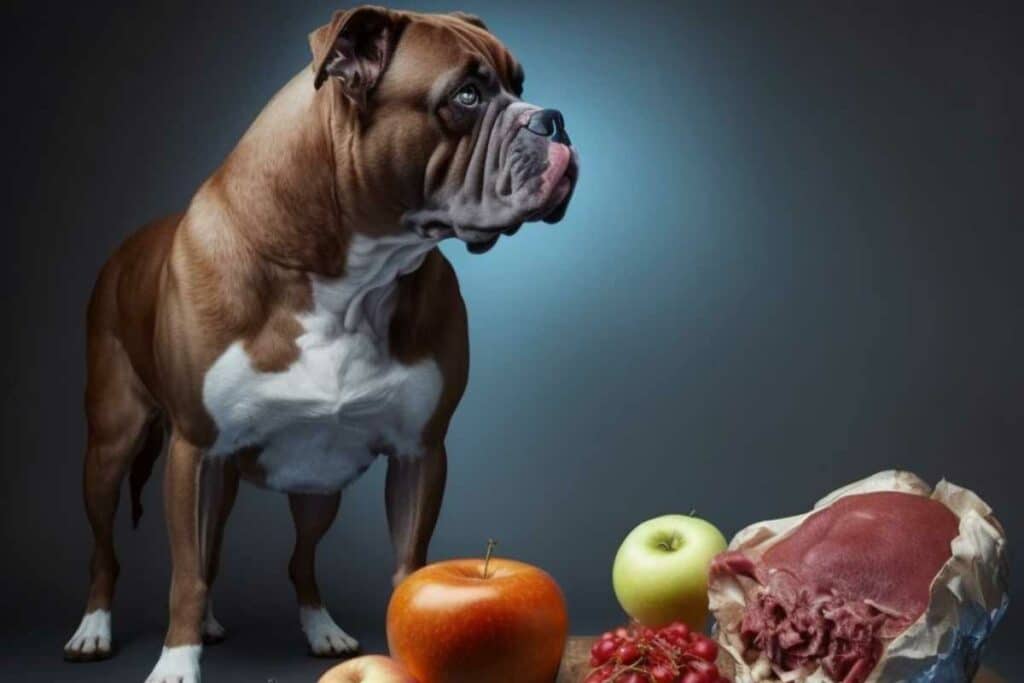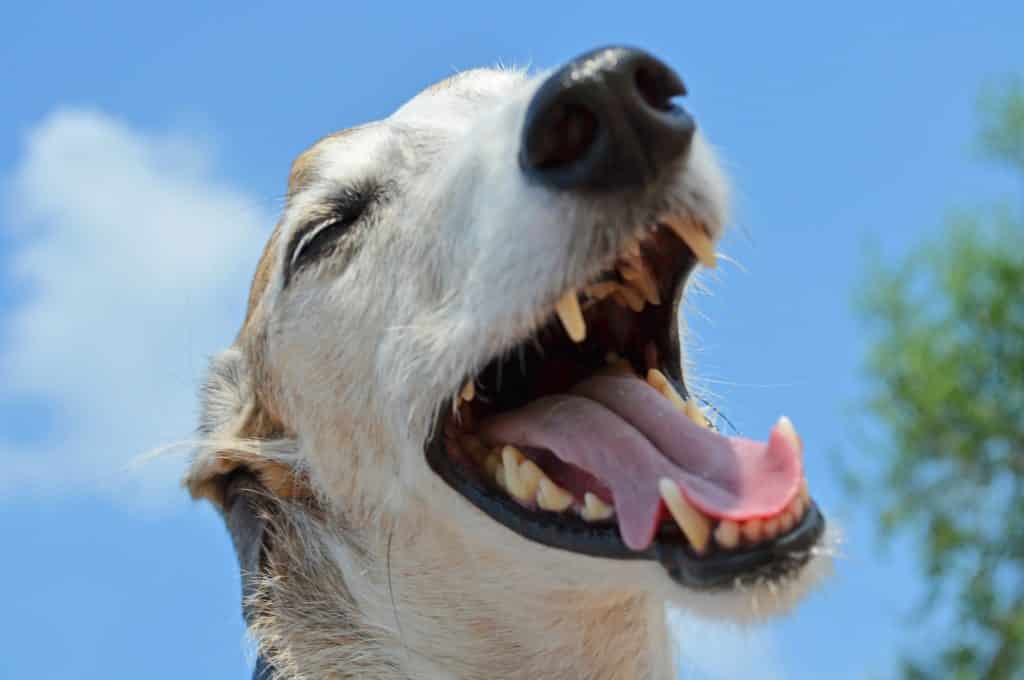Is the Dog a Carnivore or Omnivore?
- Enrico Bachmann
- Updated: 2024-02-16
Have you ever wondered if your dog is a carnivore or even an omnivore? There are many opinions about this and in this article I would like to finally enlighten you and show you exactly what it looks like for your dog.

Do You Know the 3 Types of Nutrition?
Carnivores are meat eaters. The word comes from the Latin words carnis = meat and vorare = to devour. Carnivores feed on prey.
Omnivores, on the other hand, eat everything (Latin omnis = everything). The third diet type is herbivores, from the Latin herba = herb, i.e. pure herbivores. It is well known that dogs are not pure herbivores.
However, in order to determine whether our beloved four-legged friend is a carnivore or an omnivore, we need to take a close look at both the anatomical characteristics and the living conditions.
The Anatomical Features
Dogs belong to the biological order of carnivores. Many people assume that a dog must be a carnivore by nature.
However, their biological classification as carnivores should not be confused with their diet. Being classified as a carnivore does not automatically mean that man's best friend has a carnivorous diet.
1. The Dog’s Dentition

The dog's teeth are typically carnivorous. It has very sharp fangs that are capable of tearing and devouring large pieces of meat.
Its jaw is a scissor joint and therefore cannot perform typical grinding movements as seen in herbivores. The dog also has no teeth that have a grinding function.
2. The Digestive Tract
The dog's stomach is a large cavity with glands that secrete fluid. Unlike omnivores and herbivores, dogs do not have fermentation chambers in either the small or large intestine.
Their intestines are considerably shorter than those of herbivores. However, the ratio of intestine to body size is comparable to that of humans. At first glance, therefore, the dog's digestive tract is designed for eating meat.
Carnivore Digestive Tract = Carnivore?
This anatomical evidence points to a carnivore. However, the dog's teeth do not preclude it from eating other foods. Of course, it must still be able to grind large pieces of meat and bone with its teeth.
The digestive tract also seems to indicate a pure carnivore. However, there are other factors to consider. If you take a look at the digestive enzymes of the canine, the classification as a carnivore seems less clear.
Dog saliva contains low concentrations of alpha-amylase. These enzymes are primarily responsible for breaking down carbohydrates, which is why they are not found in pure carnivores.
The dog also produces other digestive enzymes that are responsible for breaking down carbohydrates into glucose, among other things.
A Genetic Adaptation:
Starch Can Be Digested
Our best friend, descended from the wolf, has undergone a genetic adaptation. This adaptation allows it to digest other foods as well as meat.
While the ancestor of the dog cannot digest starch, a dog has significantly more copies of several genes necessary for starch utilization. On average, a dog has about five times more copies of the gene than a wolf.
Exactly how many copies of the gene are present depends on the breed. This genetic adaptation indicates that the dog has also adapted to the human diet.
Adapting to People’s Lives
As dogs were domesticated, their diet became more like that of humans. They often had to feed on human waste. The dog's digestive tract has adapted to the food supply so that starch can be digested and used as a source of energy.
The fact that dogs are not pure carnivores can still be observed in wild dogs today. Various studies of the diet of these wild animals show that they eat only a very small proportion of the prey they kill themselves.
The majority of their diet consists of human food waste. Carrion, mostly the carcasses of animals that have been eaten by humans, or even human feces are also on the menu. Fruit is also a favorite food source.
Dogs Like to Try
The above arguments show how difficult it is to assign a dog to one type of food. Dogs like to try different things. They can therefore be described as carni-omnivores, i.e. carnivorous omnivores.
Although they are primarily carnivores, they are also capable of eating and digesting plant foods. Since a lot of plant waste was on the menu during domestication, they have adapted to these circumstances.
The dog ate everything he found or was given. The food spectrum of our beloved four-legged friend is therefore very broad, as it can adapt perfectly to a wide variety of living conditions.
This makes it a functional omnivore. Man's best friend can digest many things that humans can digest. However, this is not true for everything, as some foods are very poisonous to dogs and should never be eaten by them.
If you observe your pet, you will quickly realize that dogs are very experimental when it comes to eating. Dogs tend to vomit quickly because they often stuff themselves with whatever they find. However, vomiting is not a bad thing; dogs often eat the vomit themselves to test their tolerance.
Conclusion
Dogs are naturally carnivorous, but they can also eat other foods. Dogs are not omnivores like humans.
For a species-appropriate and healthy diet, a ratio of 80% animal and 20% plant components would be ideal. If you would like to know more about this, I suggest you read up on the subject of organic, species-appropriate raw feeding. You can find more about this in our Hundeo App.

I am a certified nutritionist for dogs and founder of Hundeo. My mission is to guide you in the jungle of information with simple and clear recommendations.
Share Now:

